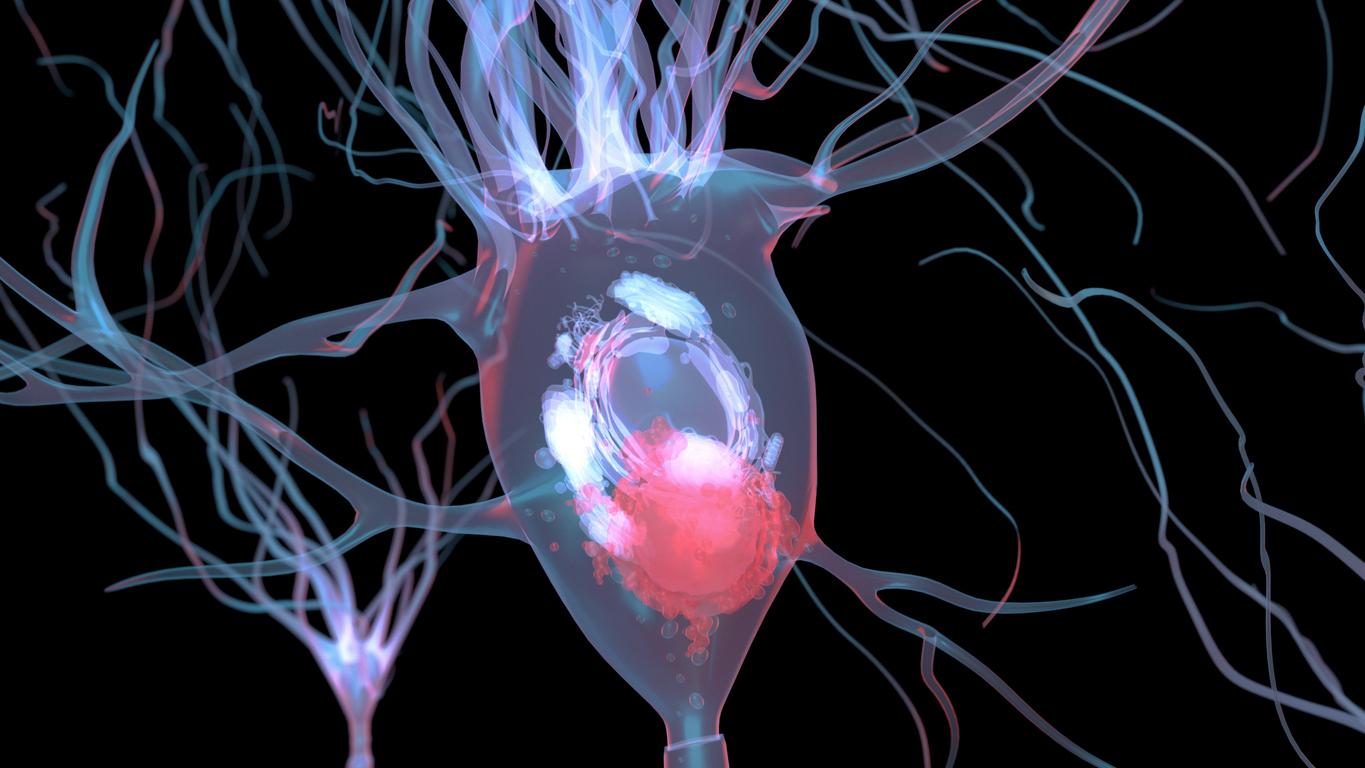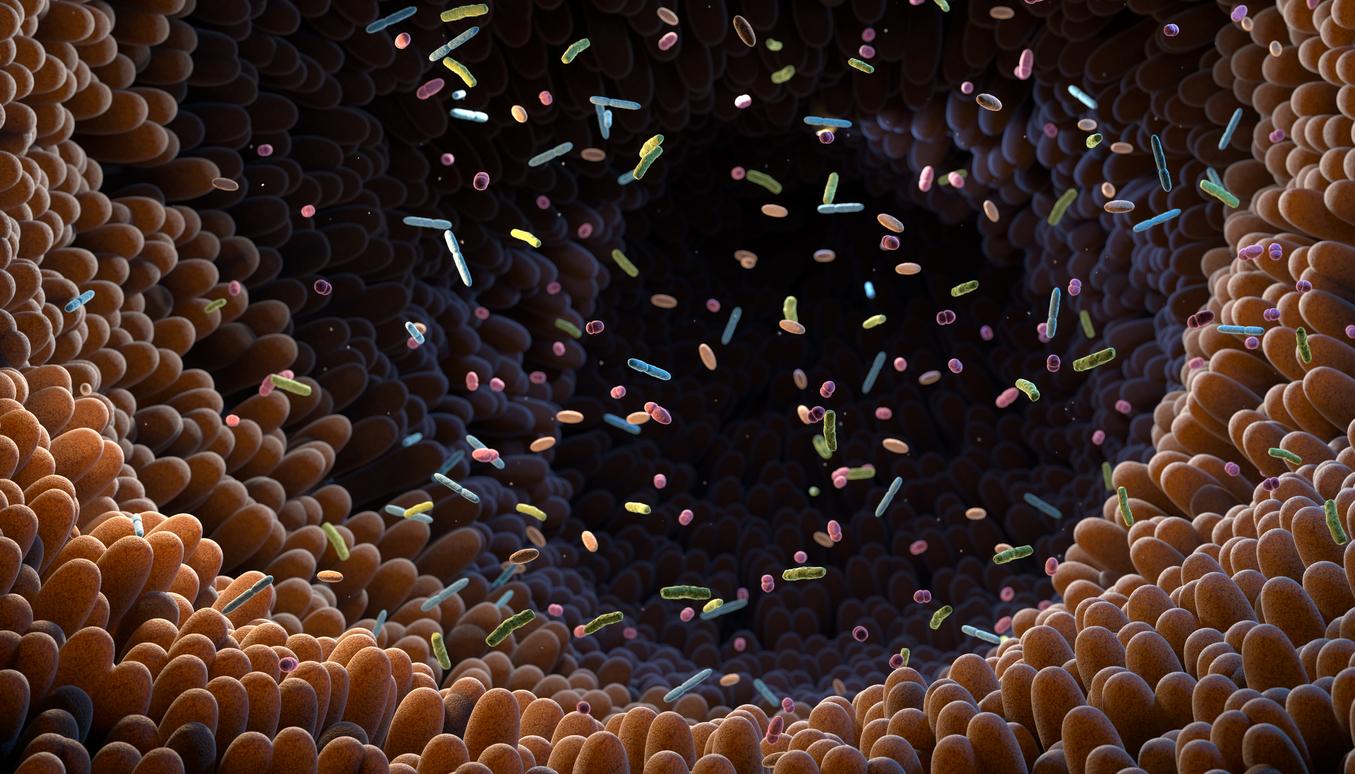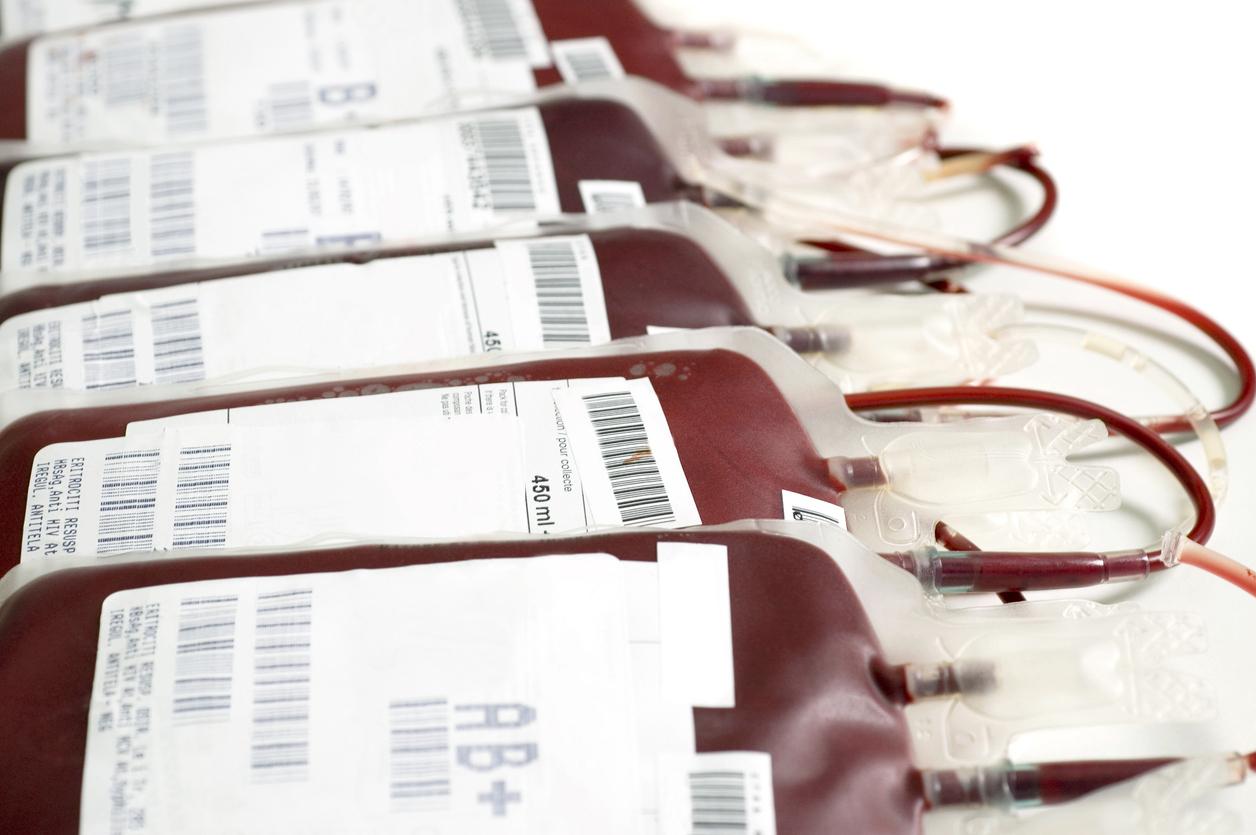The parents of Gaspard, 3, tell his story on Facebook. The boy has an incurable neurodegenerative disease: Sandhoff’s disease.

“A short life, often difficult, but full of love, love and tenderness”. This is how his parents sum up the existence of Gaspard, 35 months old, suffering from Sandhoff’s disease. If they count her age in months, it is because this condition destroys her central nervous system, giving her four years of life expectancy. They launched a Facebook page to tell her story, “to bring hearts together and meet people with disabilities”. More than 20,000 people support them.
A progressive disease
Development during the first weeks of these children is normal. The first symptoms generally appear between three and six months: precocious blindness with a red spot on the retina, macrocephaly (abnormally large size of the head), startle at the slightest noise, increase in the size of the liver and spleen … Sandhoff’s disease is neurodegenerative: it is going from bad to worse. Motor and mental functions gradually deteriorate, respiratory infections multiply. Today, Gaspard can no longer eat or speak. Swallowing or breathing requires a lot of effort.
Poor recycling in the cell
This very rare disease, one in 130,000 people in Europe, has no treatment to date. It is due to an anomaly on the fifth chromosome, which is inherited. This mutated gene prevents the hexosaminidase enzyme from doing its job. Normally, this enzyme allows part of the cell, the lysosome, to recycle the materials used by the cell. The lysosome turns large particles into small pieces that the body can reuse or eliminate.
In Sandhoff’s disease, this system fails. The particles accumulate in the cell, causing it to malfunction.
Three different types
From the end of the 19th century, an ophthalmologist and a neurologist described cases of children with physical, mental and cerebral delays. The disease is called Tay-Sachs, referring to their two names. At the end of the 1960s, Konrad Sandhoff showed that there were in fact two forms of this affection. Two different subunits of the same enzyme are at the origin of two distinct diseases. The second now bears the name of its discoverer.
While symptoms usually appear very early, other even rarer forms affect slightly older children. The juvenile form begins between 2 and 6 years of age with death occurring in adolescence. The third type, called “adult” begins around 10 years old and is often not diagnosed until adulthood. It can be accompanied by psychiatric disorders.
.











-1721998247.jpg)





